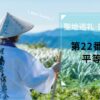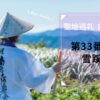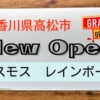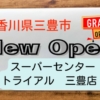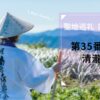【Japan tourism】Shikoku 88 temple pilgrimage trip [No.26] Ryuuzuzan Komyouin Kongoutyouji
Kongoutyouji
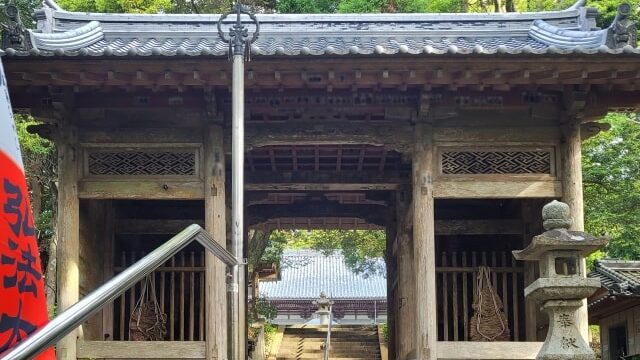
| Principal image | Yakushi Nyorai |
| Honzon mantra | On korokoro sendari matougi sowaka |
| Denomination | Shingon Buddhism Buzan sect |
Place
Official site:none
Temple lodging:be(100 people)
Phone:0887-23-0026
〒781-7108
523 Mototsu, Muroto City, Kochi Prefecture
Goshuin(red seal)
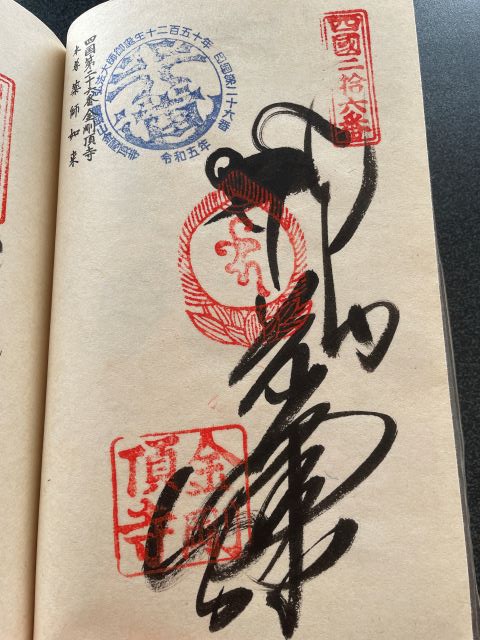
History
It is said that Kobo Daishi would go back and forth between this temple and the Fudo-do (Nyonin-do), which was about 4km away, and perform a type of training called 'gyodo’. For this reason, the area came to be called “Gyoto Cape".
The 24th Fudasho, Hotsumisaki-ji Temple, is called 'Toji’, while Kongocho-ji has been known as 'Sai-ji’.
It is said that in 807 (Daido 2), Kobo Daishi carved a statue of Yakushi Nyorai, the principal object of worship, at the request of Emperor Heizei and built the temple. At that time, it was named “Kongojoji" and women were not allowed to enter, so female pilgrims visited from the Fudo-do Hall at Cape Gyoto.
The name of the temple was changed when the next Emperor Saga dedicated an imperial plaque with the words 'Kongochoji’ written on it. The priests were elected by imperial order until the 10th generation, and in the Middle Ages, the temple had a large territory that occupied most of Muroto city.
Highlight
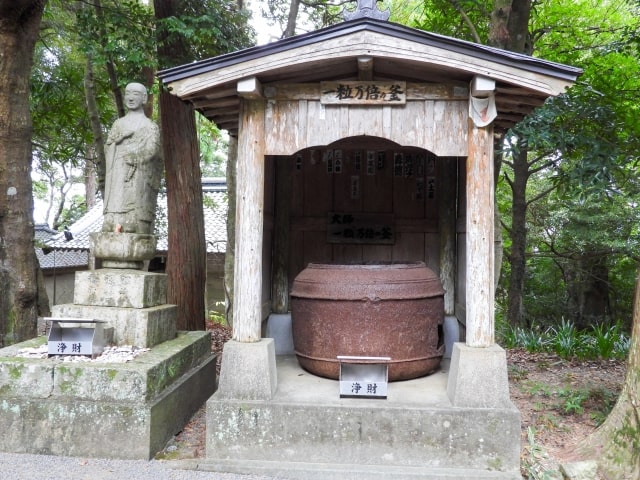
【Pot of ten thousand times one grain】It is said that when Kobo Daishi put 3 go 3 shaku of rice in it and cooked it, the amount of rice increased ten thousand times, saving people from starvation.
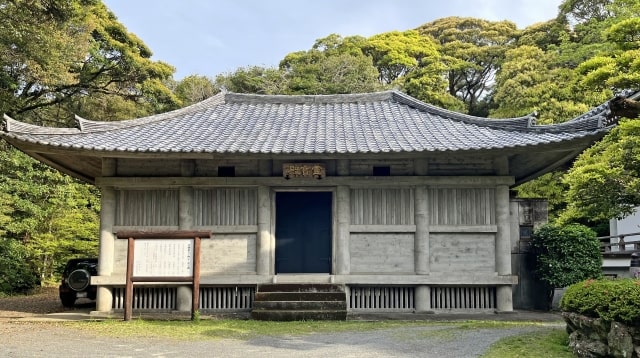
【Reihoden Temple】It houses many valuable temple treasures, such as the Kondo Tabidang, a relic of Reihoden Daishi.
The gilt-bronze travel tool is said to be the only relic of Kobo Daishi in Japan.
In addition, many nationally designated important cultural properties are stored, such as the wooden seated Amida Nyorai statue, the Itabori Shingon Hachiso statue, the bronze Kannon Bodhisattva statue, the gilt-bronze esoteric Buddhist ritual implements, the bronze bell, and the Vajra Sutra.
It is about 33km (about an hour and a half by car) to the next 27th temple, “Kounomine-ji"!
